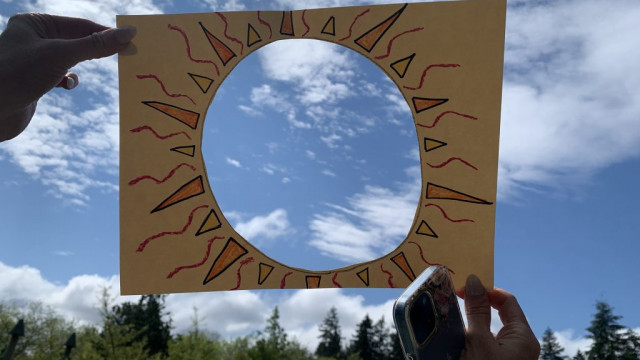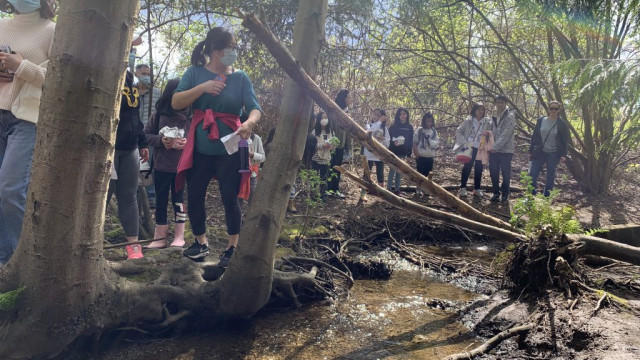
Reminder to all parent drivers to be at the school anywhere between 9:45- 9:50.
Please wait outside where the students line up for morning entry. I will bring your child and the students you are driving to you.
If you have a younger child that you are also driving, please follow your youngest child’s teacher’s directions. I will send the older sibling to the younger child’s class along with any other student(s) you may be driving.
Lastly, if your child requires a car seat and is being driven by another parent or teacher, please send the car seat in the morning.
Div. 3, 4, and 5 will be showcasing our Learning in Depth Projects. We are inviting parents and other classes to come by and see our work. Although our parents may have seen some parts during Student-Led conferences, in the upcoming weeks we will be working on our dioramas and preparing them for display. For just about all our students, dioramas are a new experience. Excited!
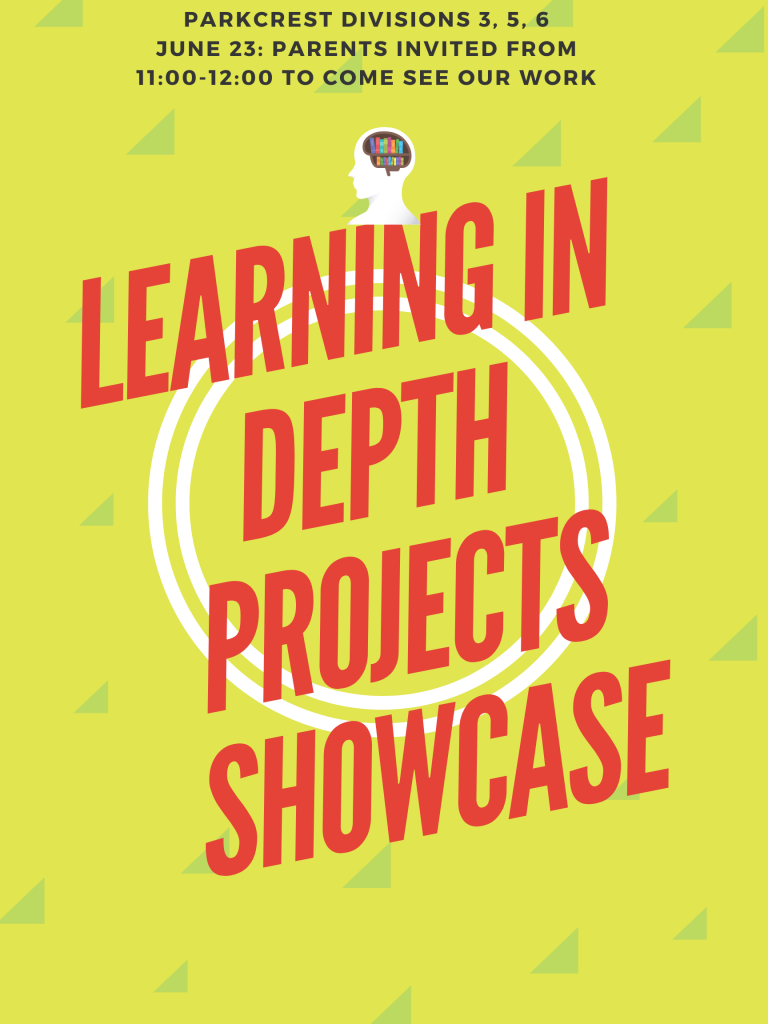
Thank you parents for your time and participation in this lunch. It was a delicious and beautiful spread of food. We ate with our eyes and our tummies. Mr. Lee had a difficult time gaining back our attention after lunch.

We had great service, too! ![]()
This year, our unit on the Cherry Blossoms (sakura in Japanese) made an impact on the students. We learned so much about the cultural importance and significance of the Cherry Blossoms in Japanese culture, and how Vancouver had come to have its own Cherry Blossom Festival. Above all, we learned that symbolically the cherry blossoms have come to represent a message of renewal and an understanding that “nothing is permanent“.
As well and just as important to us as a class, the cherry blossom also symbolizes friendship. We learned a traditional saying: “there is no stranger under a cherry tree“. These messages got Div. 6 through some dreary Covid times after the Christmas Break. As a class, we made a simple agreement that if the weather was good, we would, as in the video we watched, put out a tarp under a cherry tree and have a picnic (a centuries-old tradition in Japan named Hanami). We waited for spring and went out for walks hoping to have a cherry tree revealed, but we learned we did not have one.
45 min. Video: https://www.youtube.com/watch?v=rGtqH_Tfq8A
Fast forward to today: Mr. Lee made an announcement that the arborists would be trimming trees in our side park and that the students should stay away. At that moment, an idea took hold of my mind. During afternoon Silent Reading, I told the students about my idea, and I quickly painted our polite request on large paper. I wanted to get the arborists’ attention and make a statement.
First, we practiced lining up the sentence. I realized I missed the word “tree”, but the show had to go on!
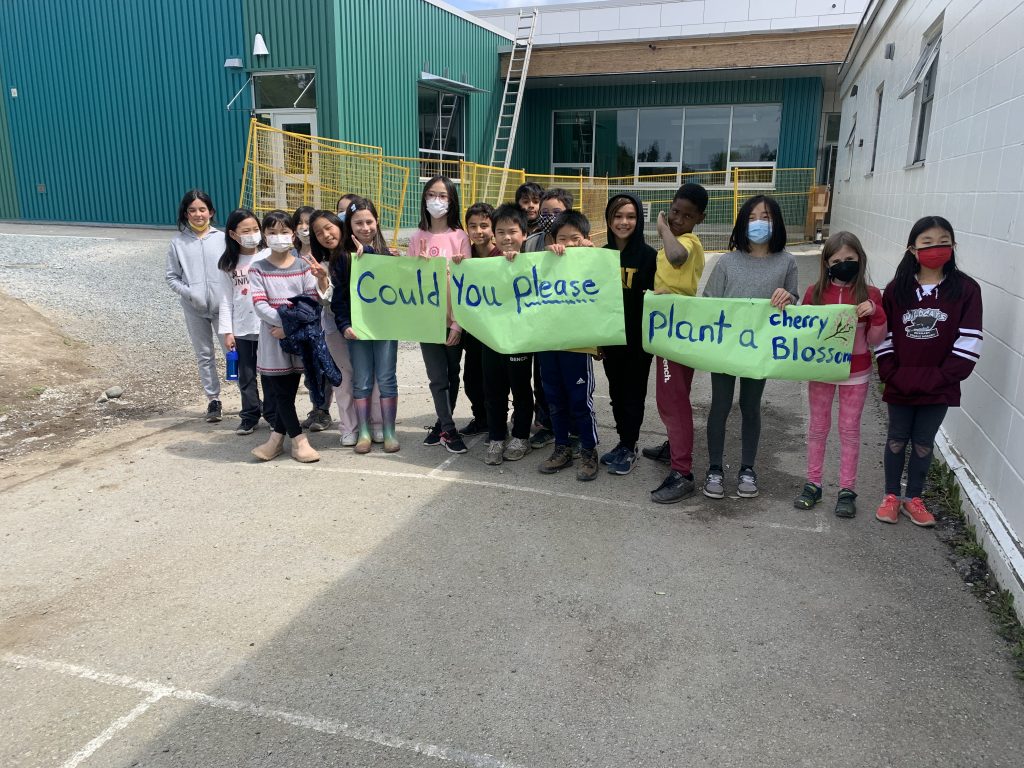
Then, we went to the ridge overlooking the park and tried to get the attention of the arborists.
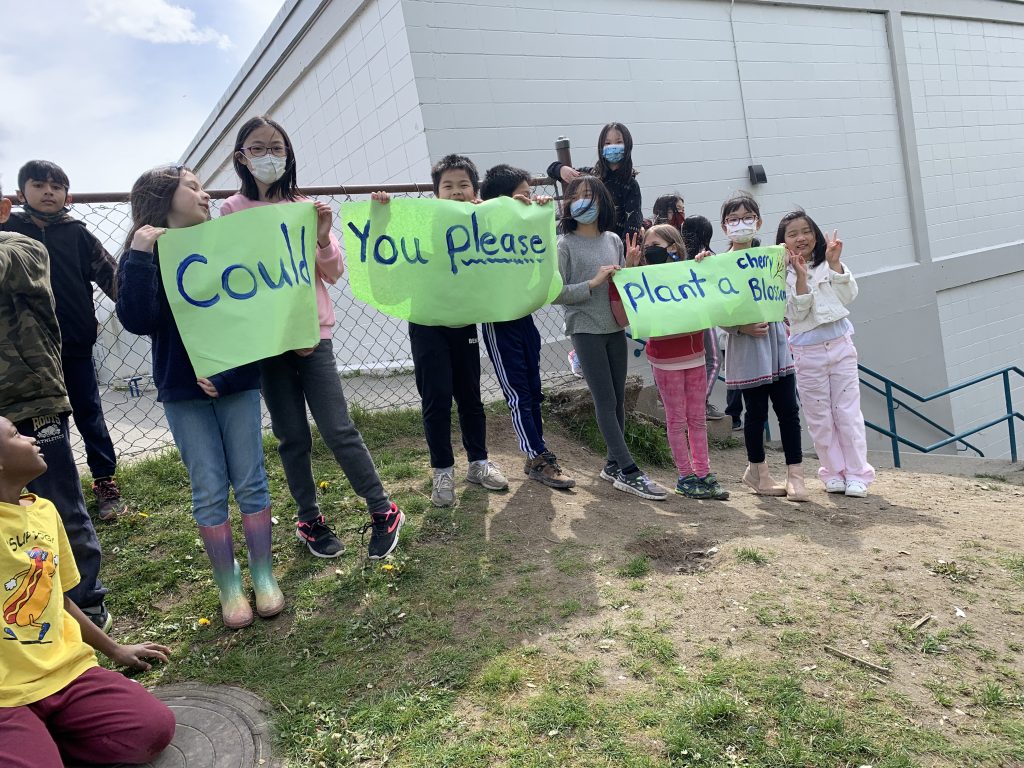
Lastly, a very kind and “cherry blossom aware” arborist came over to me to share his understanding of the symbolism while I shared our story. He gave me a card with a phone number to call and the children cheered!!
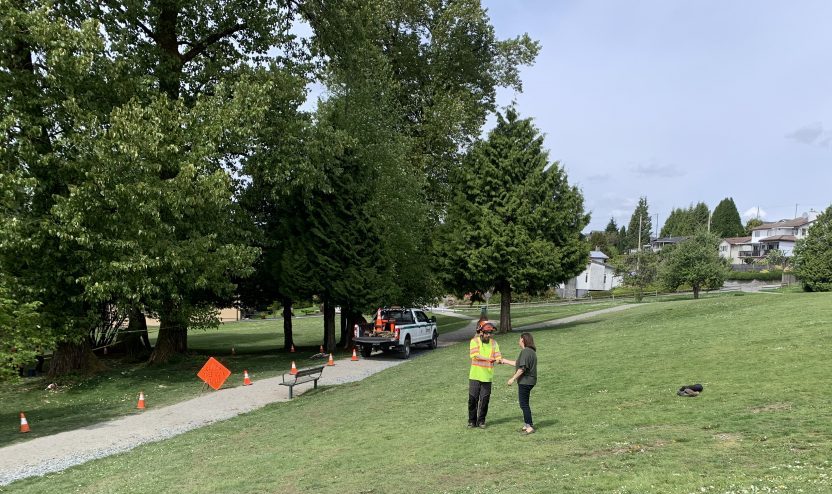
I’ll definitely make the call and plead our case. Depending on time, and since we’re working on persuasive writing (plastic in the oceans) we may just include some student letters too!
Note: Cherry blossoms are native to Asia. They can also be found in China, South Korea, and India and they have great significance in all these countries. Of course, they have been shared with the world and we now enjoy them too.
Taking the time to give thanks and express our gratitude for all that you do has brought us nothing but happiness this week. The children have happily buzzed around making cards and gifts. They are filled with excitement to share everything with you this weekend.
Thank you, Moms!
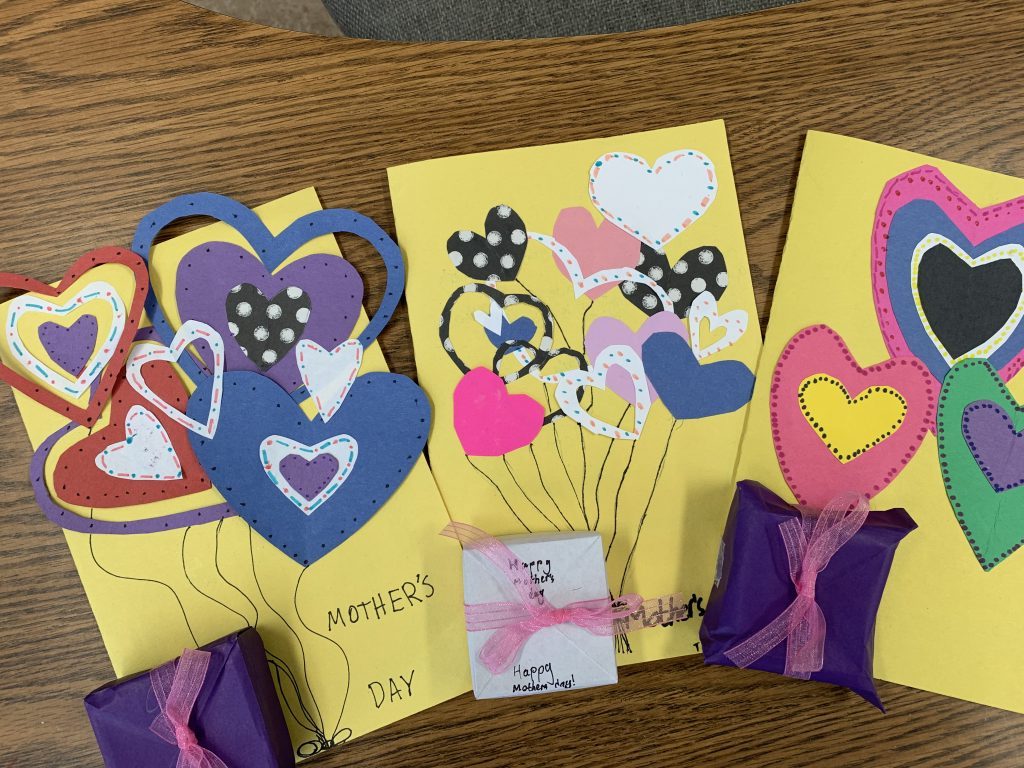
Jumping at recess with the support of the Grade 7 Leadership Group. A pile of Fun! A big thank you from Div. 6.
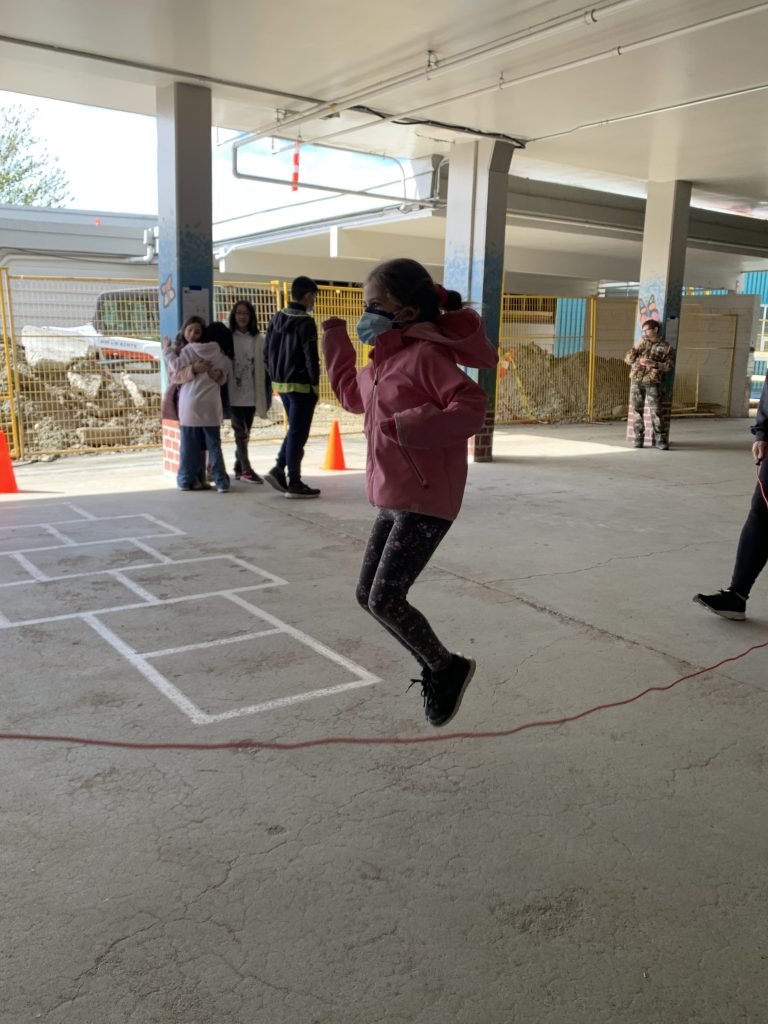
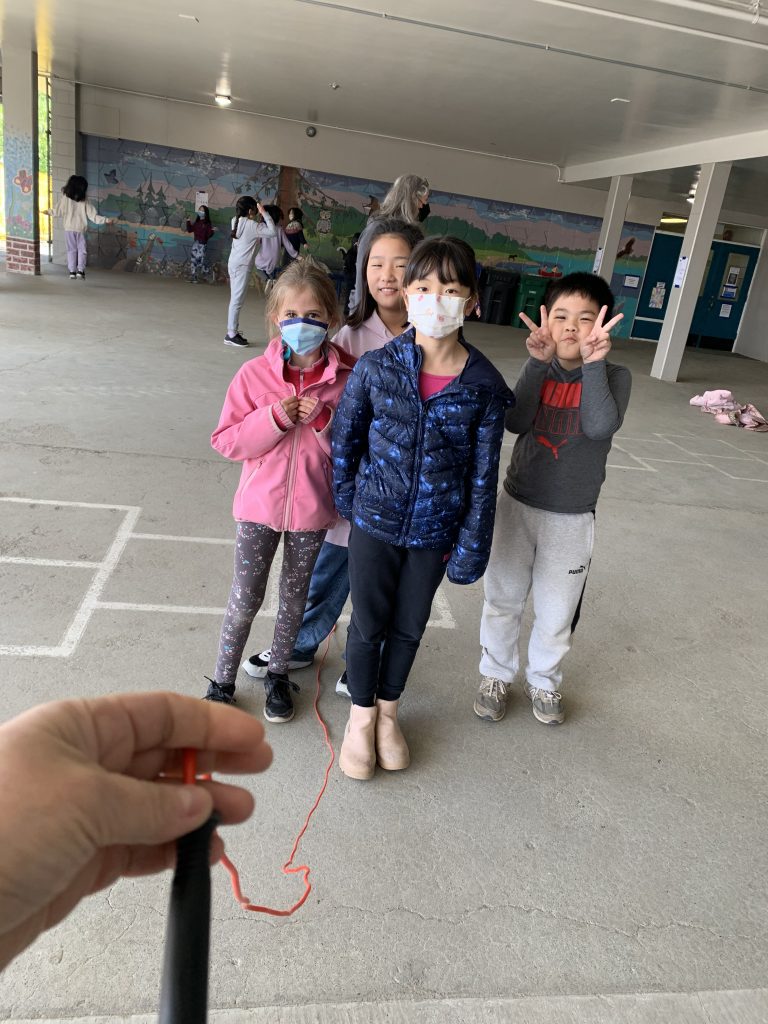
The weather was perfect and Div. 6 had an amazing time. I wanted to thank the parents who walked with us and helped with supervision. I could not do it without you! I also wanted to thank the children of Div. 6 who showed such great care for each other, the environment, and the salmon fry; following all the rules and procedures that I laid out for them this week. You were amazing, kids!
Today we spent about 40 minutes doing an external examination of the salmon. From looking for nostrils to noticing the lateral line and the scales, who knew the exterior of a salmon could be so interesting. Did you know that salmon have the same number of scales when they are fry (the stage that they are currently at in our tanks) as they do in their adult stage? Did you know that scales will regrow if lost and that scales have rings like a tree? You can count their age by looking at the bands of rings on them.
Then we moved on to an internal dissection. It was super interesting. From finding out if our salmon was male or female, to finding out the size of his brain.
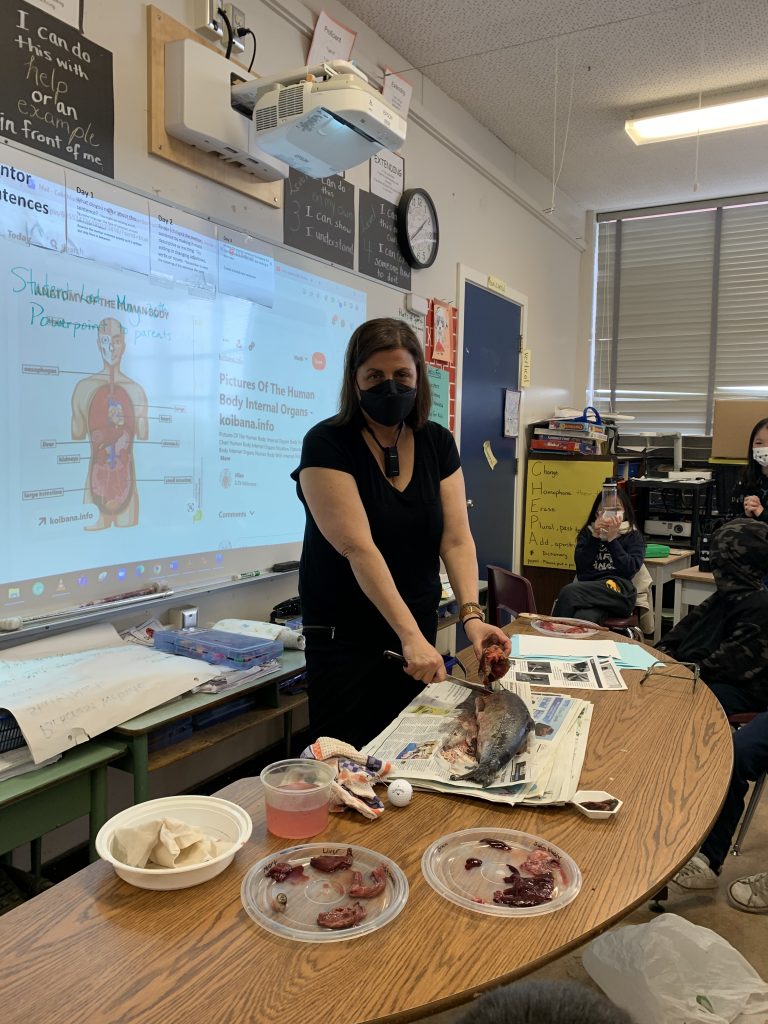
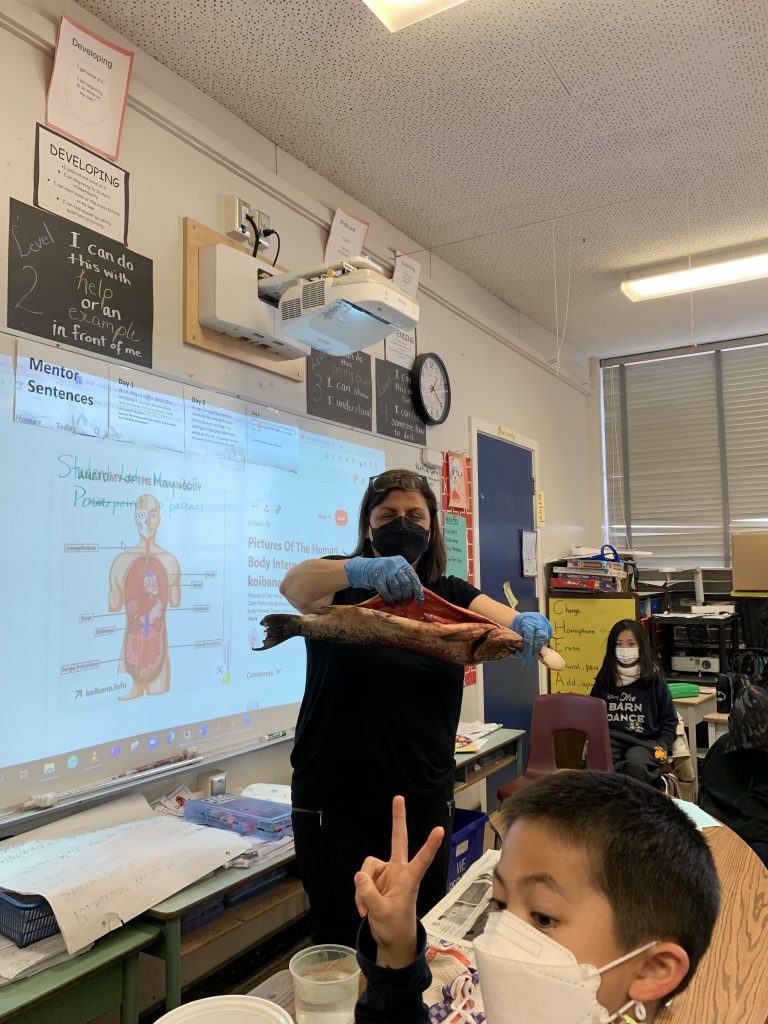
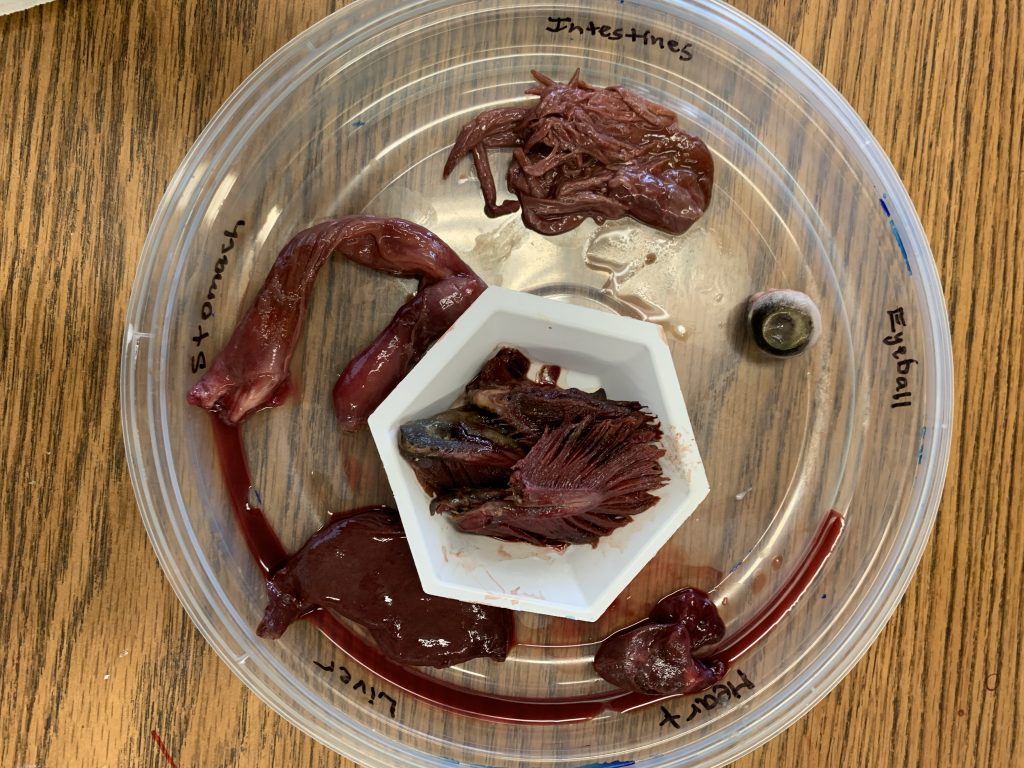

Along the way, we used a graphic of the human body and compared the salmon’s anatomy to ours. We asked questions such as: why is the heart located near the lungs? What are the ‘lungs’ of a fish? In the salmon, where do you expect the heart to be? What part of the human body is most like fish scales? What is the importance of slime? Do fish have ears? What a fun day!
